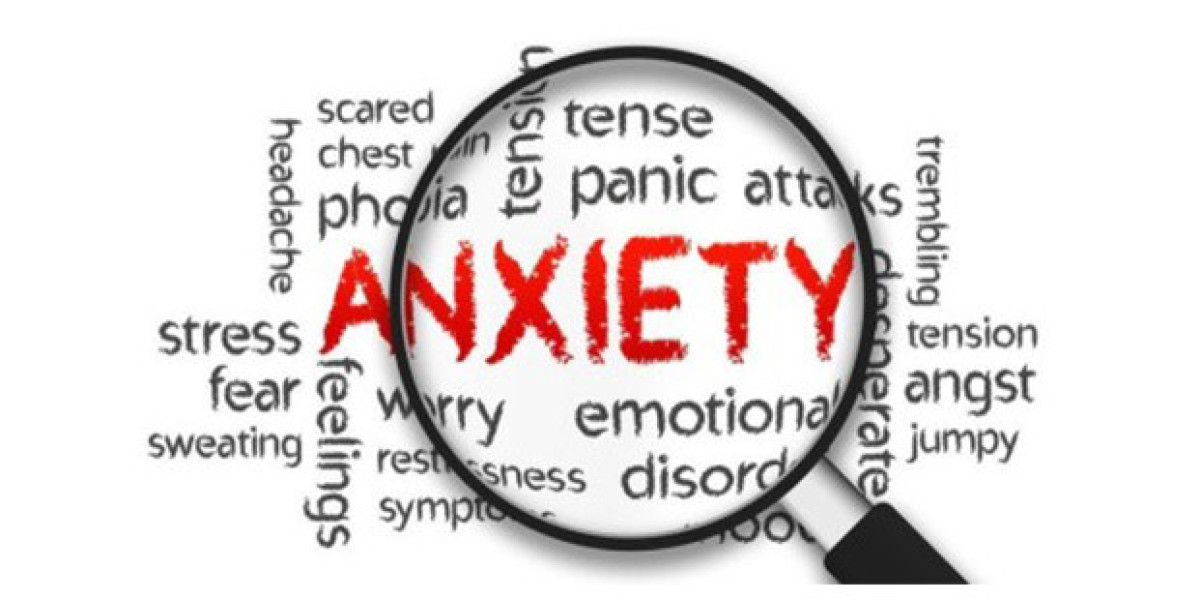Introduction:
As the global population ages, mental health concerns among the elderly, particularly anxiety, become increasingly prevalent and significant. Anxiety disorders in the elderly are often underdiagnosed and undertreated, leading to diminished quality of life and increased risk of other health complications. Understanding the unique factors contributing to anxiety in aging populations and implementing effective strategies for prevention and intervention are essential for promoting mental well-being in older adults. This essay explores the prevalence, causes, consequences, and interventions related to anxiety in the elderly, emphasizing the importance of addressing mental health concerns in aging populations.
Prevalence of Anxiety in the Elderly:
Anxiety disorders are among the most common mental health conditions affecting older adults. Studies indicate that approximately 10-20% of individuals aged 65 and older experience clinically significant anxiety symptoms. However, due to various factors such as stigma, comorbidities, and lack of awareness, many cases of anxiety in the elderly remain undiagnosed and untreated. Furthermore, the prevalence of anxiety tends to increase with age, with older adults facing unique stressors and life transitions that contribute to their vulnerability to anxiety disorders.
Causes of Anxiety in Aging Populations:
Several factors contribute to the development of anxiety disorders in the elderly. Life changes associated with aging, such as retirement, loss of loved ones, declining physical health, and financial concerns, can trigger or exacerbate anxiety symptoms. Social isolation and loneliness, which are prevalent among older adults, also play a significant role in the development of anxiety disorders. Additionally, age-related changes in brain chemistry and functioning may contribute to heightened anxiety sensitivity in the elderly. Moreover, pre-existing medical conditions, such as cardiovascular disease, chronic pain, and cognitive impairment, often co-occur with anxiety in aging populations, further complicating the clinical picture.
Consequences of Untreated Anxiety in Older Adults:
Untreated anxiety in the elderly can have profound consequences on their overall health and well-being. Chronic anxiety is associated with an increased risk of cardiovascular disease, cognitive decline, functional impairment, and mortality. Anxiety symptoms can exacerbate existing medical conditions, impair self-care abilities, and diminish quality of life. Furthermore, untreated anxiety in older adults often coexists with depression, leading to a worsening of both conditions and an elevated risk of suicide. Additionally, anxiety can impair social functioning and exacerbate feelings of loneliness and isolation, perpetuating a cycle of distress and impairment in aging populations.
Interventions for Addressing Anxiety in the Elderly:
Effective intervention strategies for anxiety in older adults should incorporate a multidimensional approach that addresses biological, psychological, and social factors contributing to anxiety symptoms. Pharmacological interventions, such as selective serotonin reuptake inhibitors (SSRIs) and benzodiazepines, may be prescribed to alleviate severe anxiety symptoms in the elderly. However, medication should be used cautiously due to the increased risk of adverse effects and drug interactions in older adults. Non-pharmacological interventions, including cognitive-behavioral therapy (CBT), relaxation techniques, and mindfulness-based interventions, have demonstrated efficacy in reducing anxiety symptoms and improving coping skills among older adults. Moreover, social support programs, community-based interventions, and group therapy can help mitigate feelings of isolation and loneliness, promoting emotional well-being in aging populations.
Conclusion:
Anxiety in the elderly represents a significant public health concern that requires attention and intervention. Understanding the complex interplay of biological, psychological, and social factors contributing to anxiety in aging populations is essential for developing effective prevention and treatment strategies. By implementing comprehensive approaches that address the unique needs of older adults, we can promote mental well-being and enhance the quality of life for elderly individuals experiencing anxiety disorders. Furthermore, raising awareness, reducing stigma, and integrating mental health services into primary care settings are crucial steps towards improving mental health outcomes for aging populations in the years to come.





